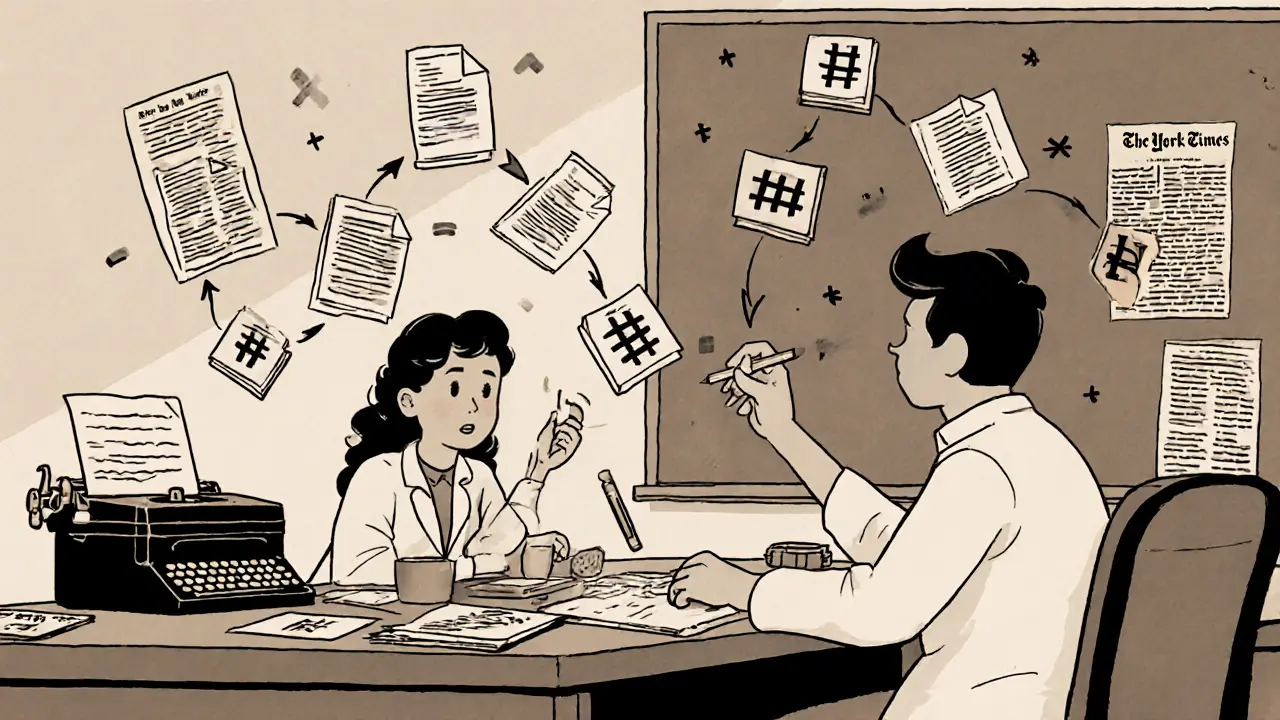DeFi and NFTs: What They Are, How They Work, and What You Need to Know
When you hear DeFi, short for decentralized finance, it means financial services like lending, trading, and earning interest that run without banks or middlemen. Also known as open finance, it runs on blockchains like Ethereum and Solana, letting anyone with an internet connection access tools once locked behind walls of banks and brokers. NFTs, or non-fungible tokens, are unique digital assets that prove ownership of art, music, game items, or even virtual land. Unlike Bitcoin or Ethereum, each NFT is one-of-a-kind—no two are the same, and that’s what gives them value. These two aren’t just buzzwords. They’re reshaping how we trade, play, and store value online.
DeFi and NFTs often overlap. You might use a Decentralized Exchange (DEX), a platform like Tokenlon or SundaeSwap that lets you swap crypto without a central company controlling your money. Also known as on-chain trading, it’s the backbone of DeFi. to buy an NFT. Or you might lock your crypto into a DeFi protocol to earn rewards while holding an NFT that gives you voting rights. Projects like Merchant Moe v2.2, a zero-fee DEX on the Mantle Network. Also known as Mantle DEX, it’s built for fast, cheap swaps—perfect for active DeFi users who trade NFTs or tokens daily. show how DeFi tools are getting faster and cheaper. Meanwhile, NFTs like those tied to gaming platforms—PlayerMon, GZONE, or 1MillionNFTs—are turning digital items into real assets you can own, sell, or trade. But not all are real. Some NFTs, like EDRCoin or Rivetz, are dead projects with no users, no team, and no future. The same goes for DeFi tokens with no usage—TROLL or Nikita—where price swings are pure hype, not value.
What ties them all together? Ownership. DeFi lets you own your money. NFTs let you own your digital stuff. But ownership means responsibility. You need to know the rules, spot scams, and understand taxes—like India’s 1% TDS or Vietnam’s 0.1% crypto tax. That’s why this collection dives into real cases: what’s working, what’s fake, and what you should avoid. You’ll find reviews of actual DeFi platforms, breakdowns of NFT airdrops that never happened, and warnings about zombie tokens pretending to be investments. This isn’t theory. It’s what’s happening now—and what you need to know before you click "connect wallet".

The History and Evolution of Blockchain Technology
From cryptographic timestamping in 1991 to DeFi and NFTs today, blockchain has transformed from a niche idea into a global infrastructure for trust. This is its full story.
© 2025. All rights reserved.